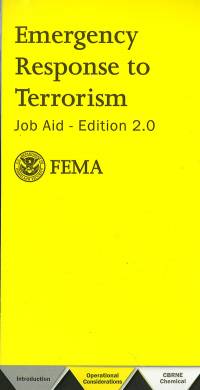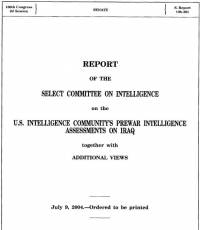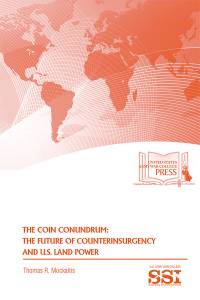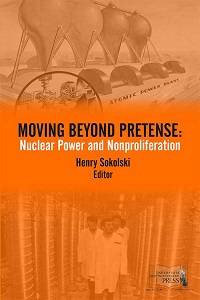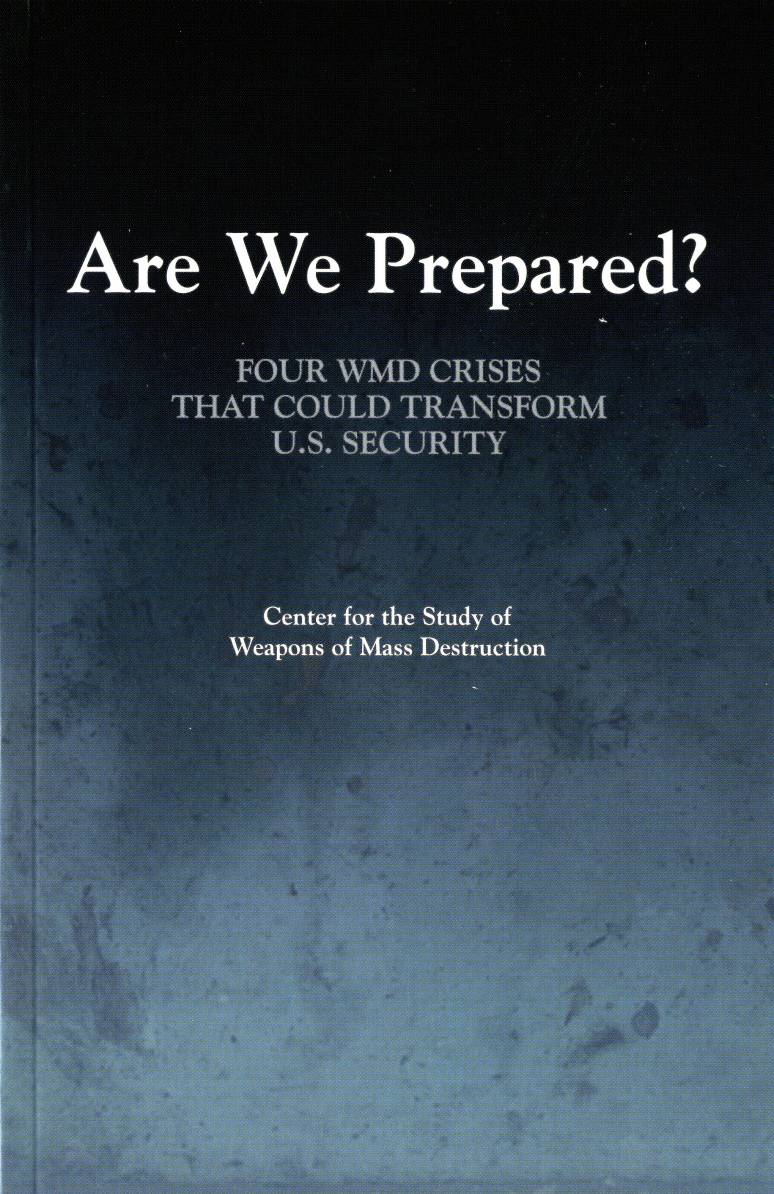
This study addresses the ability of the U.S. Government to cope with four plausible, far-reaching weapons of mass destruction (WMD) crises, any one of which could occur today and adversely affect the foreign and national security policies of the United States for many years to come:
- collapse of the nonproliferation regime, in which a number of unresolved nuclear proliferation challenges threaten to unleash a sudden and destabilizing wave of proliferation
- a failed WMD-armed state, creating unprecedented risks that radical actors will obtain WMD and unprecedented challenges for prevention
- a biological terror campaign, in which terrorists employ deadly biological pathogens to strike at multiple cities
- a nuclear detonation in a U.S. city, delivered covertly and leaving great uncertainty about who did it, whether it will happen again, and how we should respond.
Taken together, these scenarios demonstrate the complex, multifaceted nature of the WMD challenge for American decision-makers and illustrate the demands that such events could place on the entire apparatus of government, alliances, and the American people. Our findings are drawn from ongoing research conducted at the National Defense University’s Center for the Study of Weapons of Mass Destruction and reflect nonpartisan perspectives and conclusions drawn from extensive interactions with scores of former and serving senior U.S. officials and nationally recognized subject matter experts.
NOTE: NO FURTHER DISCOUNTS FOR ALREADY REDUCED SALE ITEMS.
Table of Contents:
Preface . . . . . . . . . . . . . . . . . . . . . . . . . . . . . . . . . . . . . .vii
Executive Summary . . . . . . . . . . . . . . . . . . . . . . . . . . . .1
Collapse of the Nonproliferation Regime . . . . . . . . . . .21
Failed WMD-armed State . . . . . . . . . . . . . . . . . . . . . . .47
Biological Terror Campaign . . . . . . . . . . . . . . . . . . . . .71
Nuclear Detonation in a U.S. City . . . . . . . . . . . . . . .93
Appendix A. WMD Elimination . . . . . . . . . . . . . . . .121
Appendix B. WMD Interdiction . . . . . . . . . . . . . . . .133
This introductory section presents findings and recommendations suitable for senior civilian and military leaders whose responsibilities include different aspects of the WMD challenge and require them to integrate their departments’ activities with those of other departments and foreign governments to prevent proliferation, protect against the effects of proliferation, or respond to the consequences of WMD use. It also describes the present and evolving WMD threat, reviews first principles in combating WMD, and emphasizes the need to act decisively to meet today’s challenges.
Product Details
- Emergency Preparedness
- Four WMD Crises That Could Transform U.S. Security
- National Security
- Four Weapons of Mass Destruction Crises That Could Transform United Sttes Security
- Symposium on Are We Prepared
- Symposium on Four Weapons of Mass Destruction Crises, May 6-7, 2009


